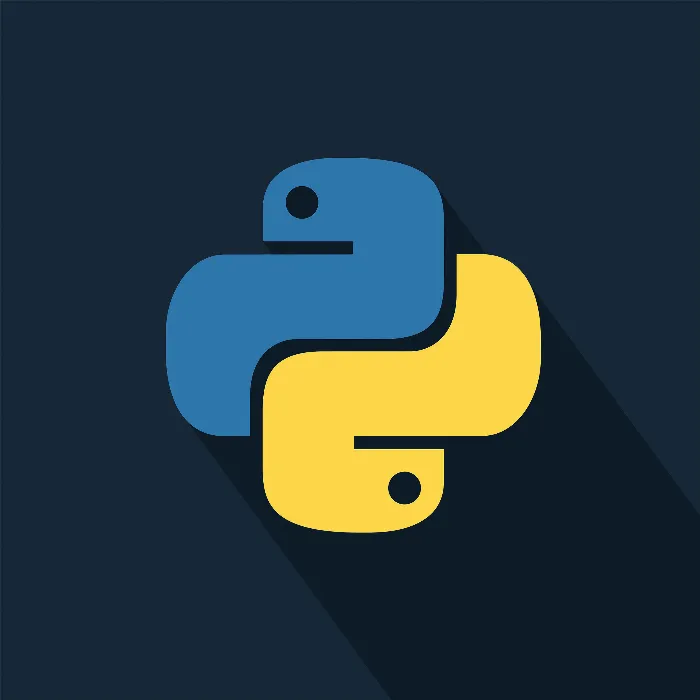There are many ways to write a program, but object-oriented programming (OOP) in Python offers a particularly flexible and structured approach. In OOP, everything revolves around objects – these are extensive data units that combine properties and functions. In this guide, I will show you how to internalize the basics of OOP in Python so that you can create your own programs more effectively.
Key Insights
- OOP adheres to the principle of object formation, where functions and data are combined.
- Each class can produce many objects, and each object has individual properties.
- Programming in classes simplifies the development of complex applications and facilitates cross-team collaboration.
Step-by-Step Guide
Basics of Object-Oriented Programming
Object-oriented programming is more than just a programming method. It is a philosophy that allows you to solve problems more efficiently by viewing things as objects. Each object has properties and specific functions that distinguish it from other objects. This form of programming has become established over the past decades and offers you many advantages, such as code reusability.
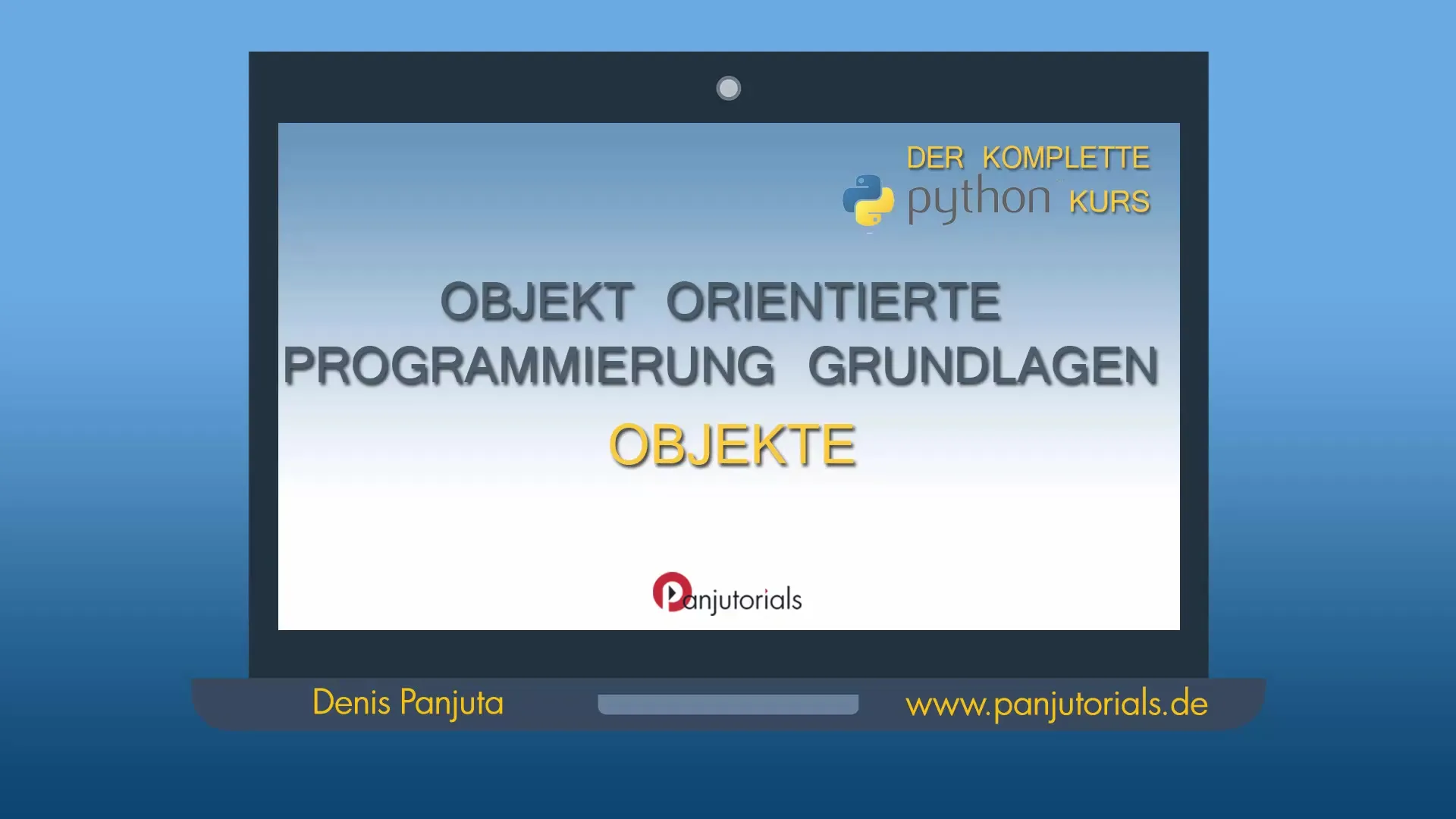
What are Objects and Classes?
A central concept of OOP is classes and objects. A class is like a blueprint for an object. It defines the properties and behavior that the object will have. For example, a class "Car" could include properties like "color" or "brand" and functions like "drive" or "brake." An object, on the other hand, is a specific instance of this class, e.g., a red BMW.
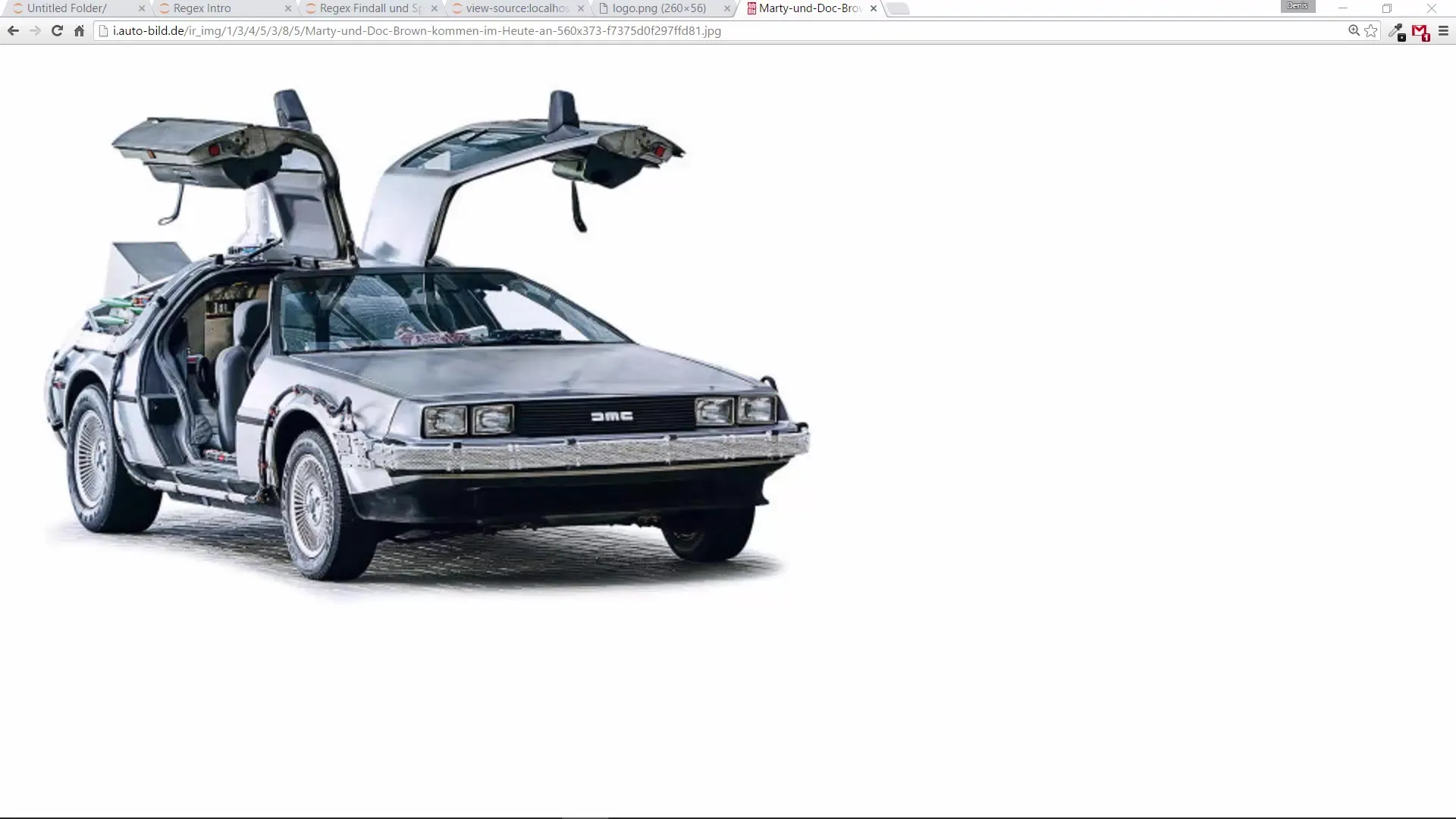
Example: The Car Object
To illustrate, let’s think of a car as our first object. A car has specific properties – it can drive, turn on the lights, and has various sub-objects like tires and doors. Each of these parts has its own characteristics and abilities that can be represented in programming as separate objects.
The Role of Properties and Functions
Each object you create in Python has properties (attributes) and functions (methods). Properties describe the state of the object, while functions define what the object can do. Let’s take the example of a car again: A tire (object) has properties like "pressure" and "material" and functions like "rotate."
Getting to Know Python Objects
In Python, almost everything is an object. This means that even basic data types like lists, dictionaries, or even your variables can be considered objects. When you retrieve the type of a variable, you get the class that this object belongs to. For example, the command type(2) shows that the number 2 is of type int.
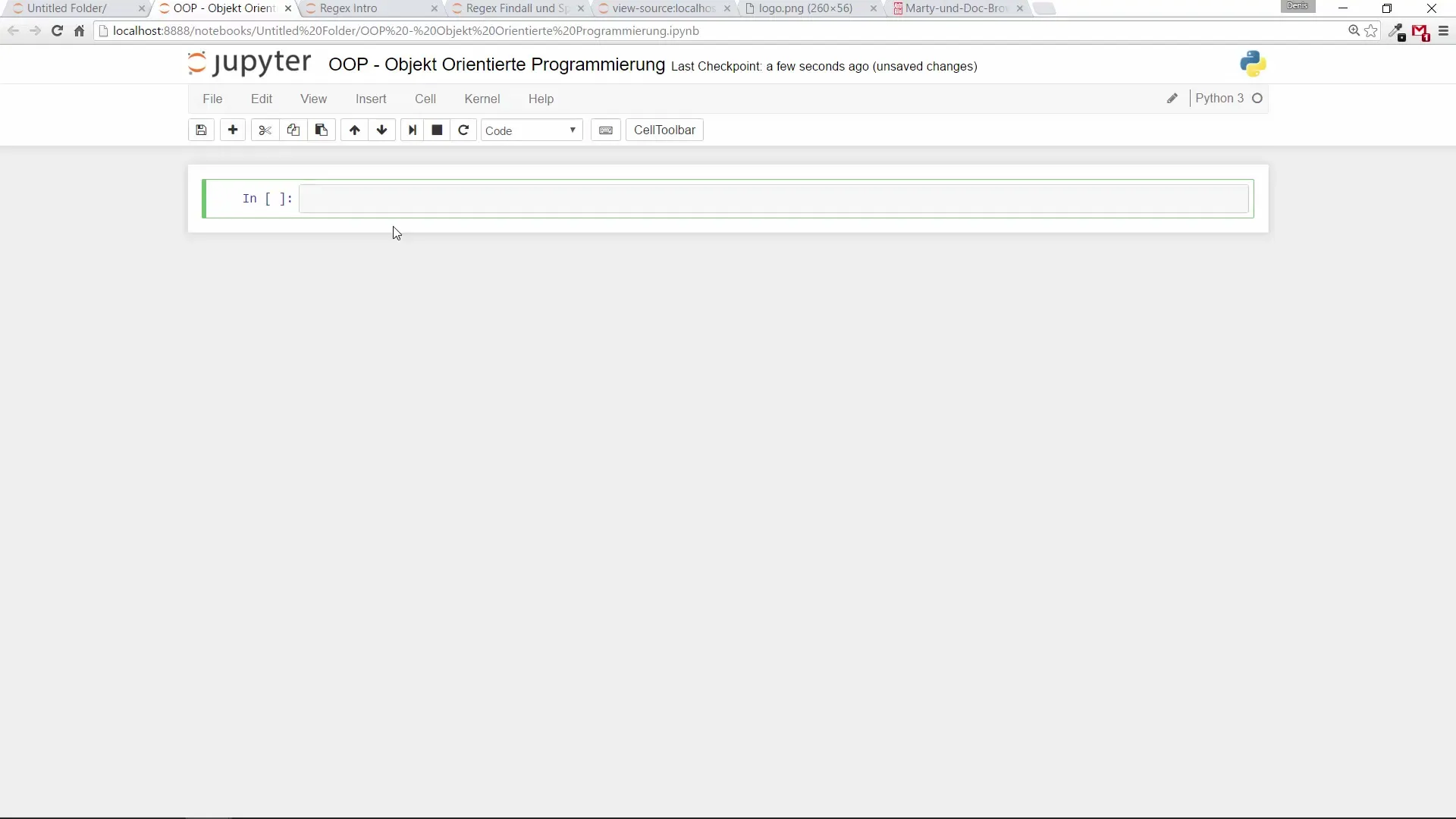
Creating a Simple Object
To create your own objects in Python, you use classes. In this, you can define both properties and methods. In the next step, we will explore how to define a simple class and then create an object. When you enter the command class Car:, you initiate the definition of a new class.
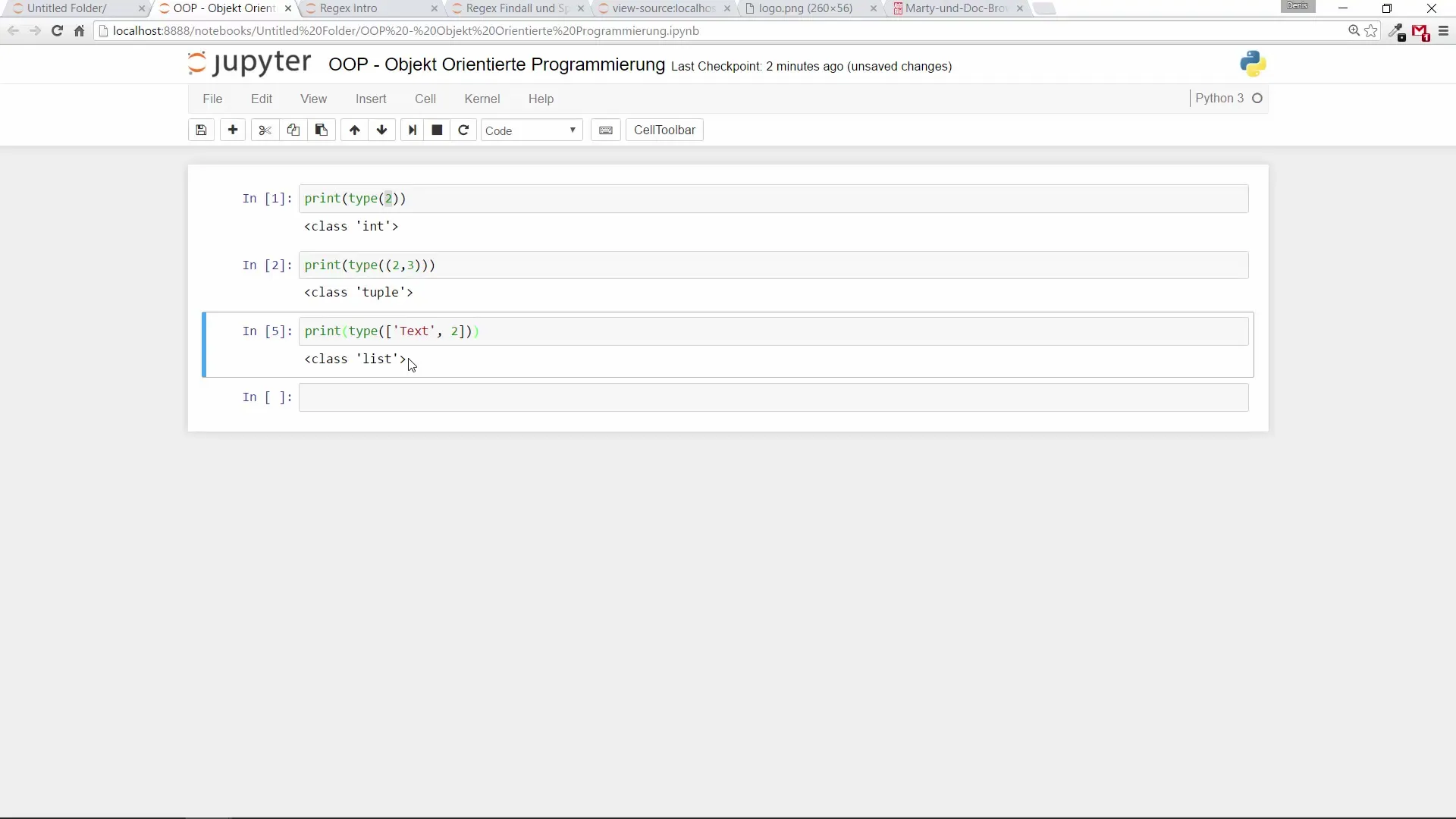
The Relationship Between Classes and Objects
By creating a class, you can generate as many objects as you want based on this class. Each of these objects can have its own properties that you define through methods. For example, you can instantiate for your car object that it has a specific color or brand.
Conclusion: The Next Level of Programming
Object-oriented programming is used in many programming languages. It provides you the opportunity to develop complex applications in a well-structured way by allowing multiple objects to interact with each other. You will see that this programming style brings you many advantages in practice when you start creating and using your own objects.
Summary – Object-Oriented Programming in Python: Your Step-by-Step Guide
To gain a deeper understanding of object-oriented programming in Python, it is important to grasp the concepts of objects and classes. You have learned how objects are defined, what properties they can have, and how they are combined to create a functional application.
Frequently Asked Questions
What is object-oriented programming?Object-oriented programming is a programming method that uses objects to organize code and data.
What are classes?A class is a blueprint for creating objects in Python that defines properties and methods.
What are objects?Objects are specific instances of classes that possess their defined properties and functions.
Why should I learn OOP?OOP promotes code reusability, facilitates teamwork, and improves application structure.
